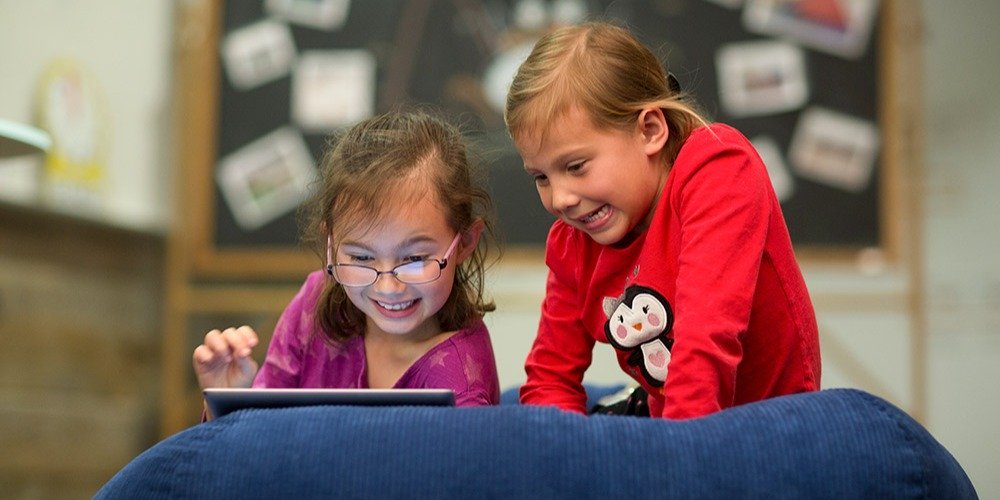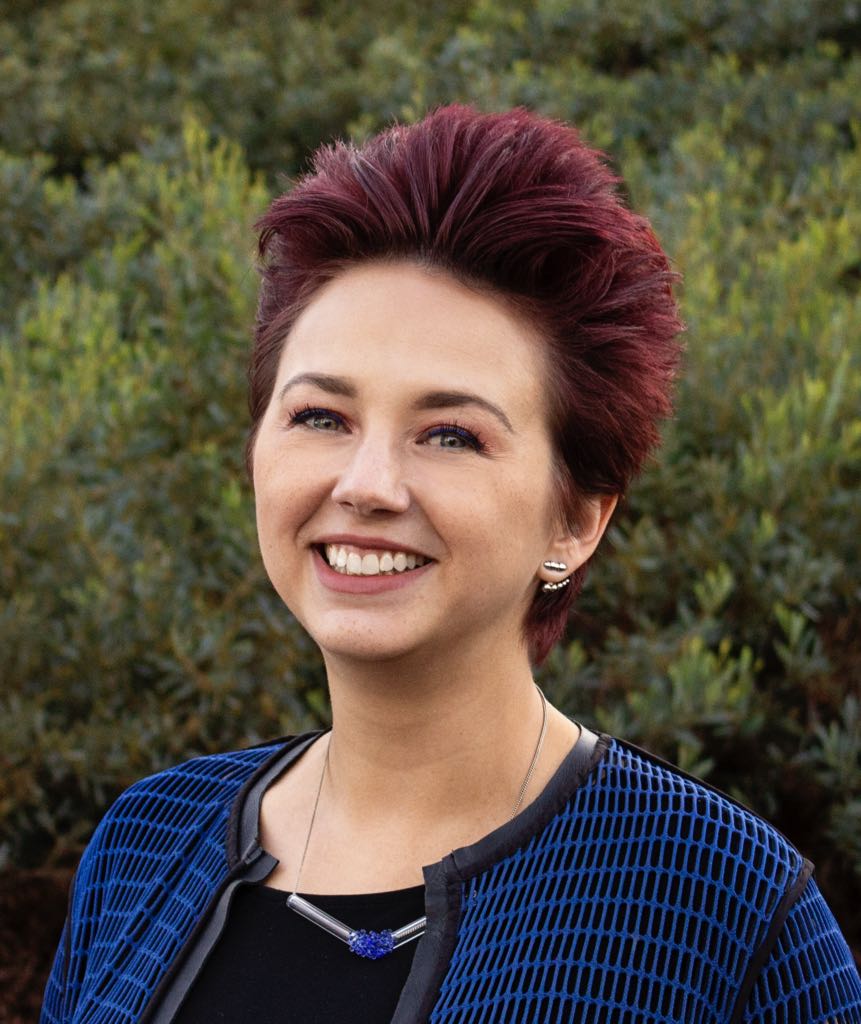Your child’s teacher has assigned homework in a program called ST Math®. You got a link, your child is logged in...and now what?
There aren’t any instructions or anything!
It may seem strange at first, but what you’re seeing—or not seeing—is actually the magic of ST Math at work.
I’m going to give you some homework tips in a minute, but first, let’s talk about why ST Math seems unusual to you. I felt the same way when I first saw it.
 My son Dante working on a ST Math puzzle at home.
My son Dante working on a ST Math puzzle at home.
Most of us parents learned math using worksheets, flashcards, and word problems. There were always instructions, and many times the point was to recall math facts that we’d memorized at school.
But here’s the problem with that approach. We went through it as students, and now we say things like this to our own kids as they start out on their math journey:
As adults, our relationship with math matters. And the way our kids hear us talking about math can have immediate and lasting effects on their math achievement. Here’s a sobering finding: When mothers told their daughters they were not good at math in school, their daughters’ achievement declined almost immediately. (Eccles & Jacobs, 1986)
If you take nothing else away today, please remember this: math is not about being smart. Math is not inherently possible for some people and impossible for others.
There has got to be a better way, and that’s what we’ve set out to do with ST Math.

At MIND Research Institute, we believe every student has the potential to deeply understand, and truly love math. This belief drives all of us—researchers, educators, mathematicians, game designers—to make ST Math the best program it can be.
ST Math is a PreK-8 visual instructional program that leverages the brain's innate spatial-temporal reasoning ability to solve mathematical problems. With ST Math, students build deep conceptual understanding, and schools and parents see proven, repeatable results.
The ST in ST Math stands for spatial temporal, and it refers to learning math concepts by manipulating objects in space and time.
ST Math’s patented approach starts by teaching the foundational concepts visually, then connects the ideas to the symbols, language, and robust discourse. Why does this approach work so well? Because with visual learning, students are better equipped to tackle unfamiliar math problems, recognize patterns, and build conceptual understanding. Without language barriers, the problem is accessible to all students, regardless of skill level or language background.

ST Math is mastery based, which means students must pass each level with a score of 100% (all puzzles correctly solved) before the next level in a sequence becomes available to them. Each student has their own personalized journey and takes as long as they need to achieve mastery.
This ensures that students are building and demonstrating a strong conceptual foundation.
By using similar visual models and game situations across grade levels, ST Math helps students build and strengthen their conceptual understanding, and connect their existing knowledge to new situations. This means that ST Math works from the start with early learners, and it can also reinforce and repair weak conceptual foundations for students who are already struggling.
In ST Math, action is critical and mistakes are the perfect opportunity for learning. Animated informative feedback offers an intrinsically motivating learning experience that shows students the mathematical consequences of each answer. Students don’t just guess at multiple choices, or worse, get a question wrong and wonder why.
With ST Math, students see the math animating on screen, and are able to better understand exactly why they got the answer right or wrong.
ST Math’s visual approach directs all of your child’s cognitive efforts to solving the problem at hand. The design is intentionally simple to offer no distractions and keep the focus on the learning.

Your child’s teacher may assign ST Math games for homework. In ST Math, the game puzzles start off simple and then get more challenging as the student progresses. It’s normal for your child to feel some frustration when the puzzles get harder—we call that productive struggle, or learning through failure. When they reach a challenging problem, they may ask for your help.
It’s hard, but try not to give them the answer. Instead, ask questions like:
You may need to ask these questions several times to help your child think through the math in the game. Encourage your child to take risks and ask them to explain what they learn from the wrong answer.
Download our free Facilitating Questions poster
It’s also really important that your child spends enough time on the program to make an impact. I find setting a timer for 30 minutes sets a good mutual expectation, and really helps cut down on the griping about homework. Sometimes when the timer goes off, my son keeps playing because he really wants to finish the level!
If you’re having difficulties at home and need a tutorial or further training on how to best facilitate ST Math at home, reach out to your student’s teacher. They have been trained on the program and are equipped with tools and resources to help.
You might also want to check out our parent resources page, which has many more tips and ideas that can help.
I may work at MIND Research Institute, but I like to say that I’m an ST Math parent first and foremost. That’s because one day, my son came home talking about JiJi, the lovable ST Math penguin mascot. That conversation kick-started my entire interest in math education for gifted students, in the ST Math instructional program, and in this amazing non-profit organization that created it: MIND Research Institute.

Liz Neiman is Vice President of Engagement at MIND, leading the marketing team's plans and activities to promote MIND's initiatives and impact. Besides education and gaming, her interests include music of all kinds (from musical theater to heavy metal), cooking and baking, and fashion. Follow her on Twitter @lizneiman.
Comment